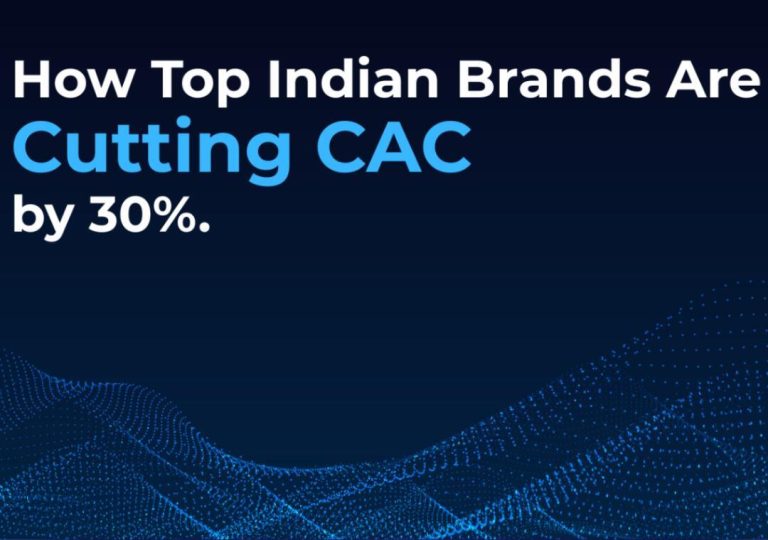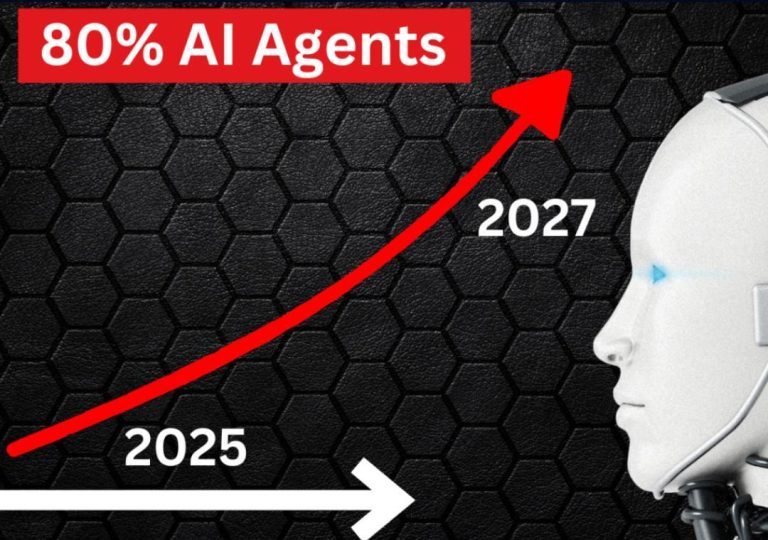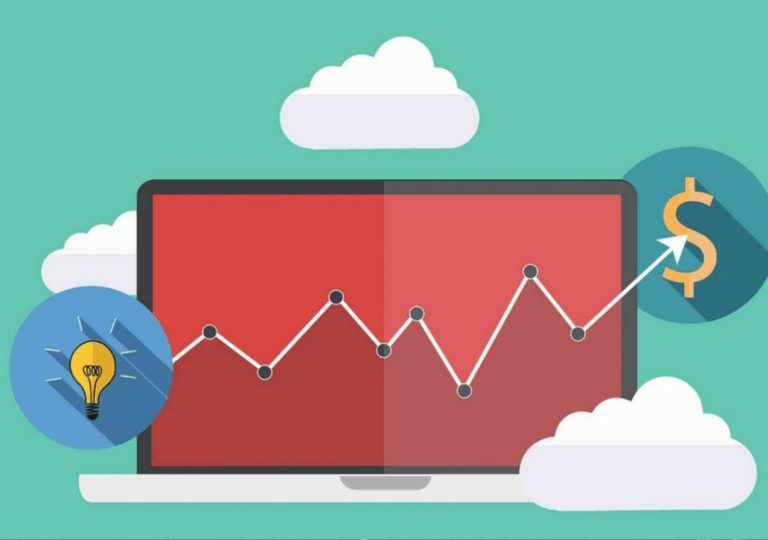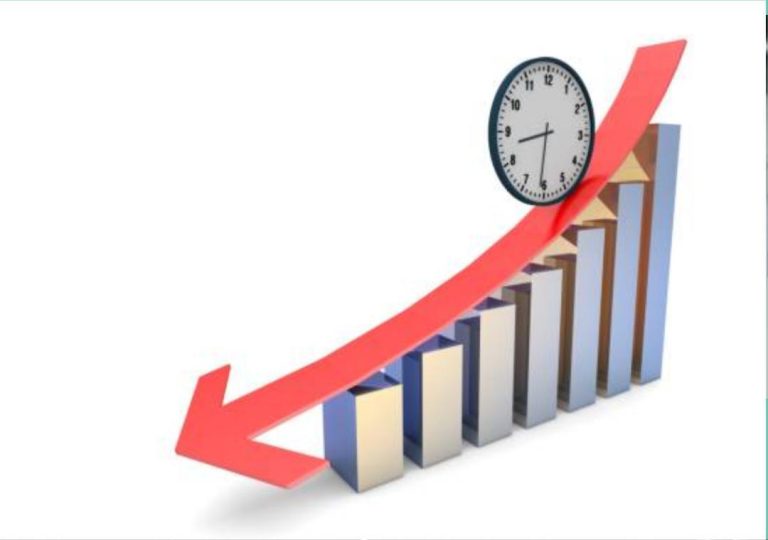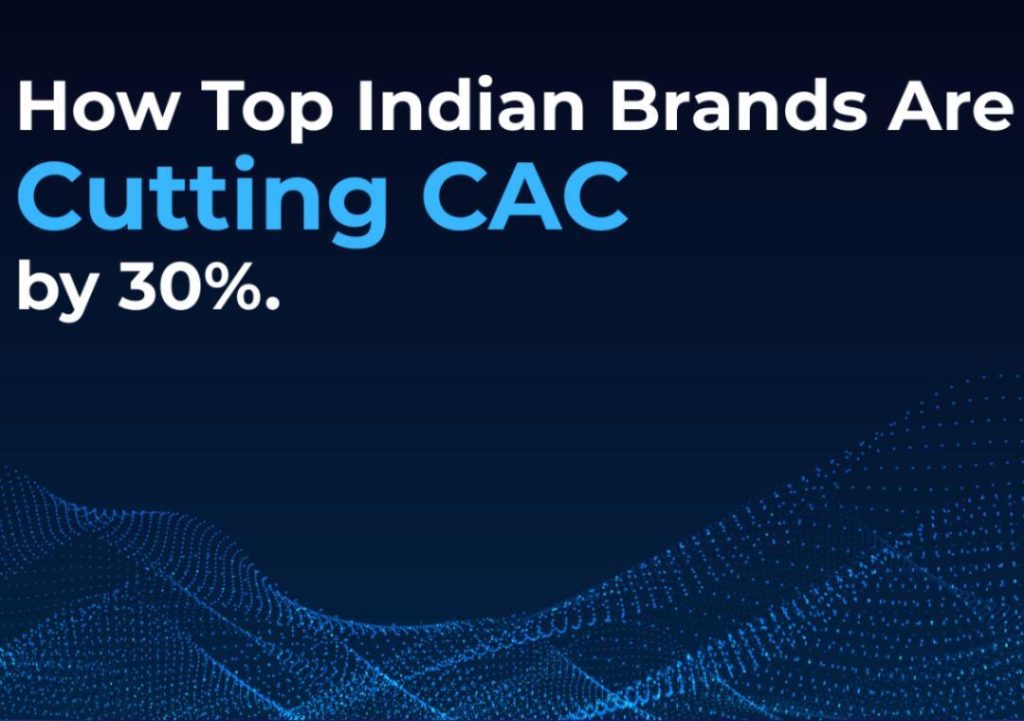
Indian Brands Slash CAC by 30% using AI
In today’s digital landscape, every dollar counts for Direct-to-Consumer (D2C) brands in India. With the competition heating up, cutting costs while maintaining growth is a top priority. This is where Artificial Intelligence (AI) comes into play, helping top Indian D2C brands slash Customer Acquisition Costs (CAC) by up to 30%.
By leveraging Intellsys predictive signals, these brands are able to identify high-intent users early in the funnel, making every ad dollar sharper, smarter, and more accountable. This shift from blanket campaigns to targeted, micro-moment marketing has been a game-changer for these Indian brands.
The Problem with Blanket Campaigns
In the past, D2C brands in India often relied on blanket campaigns to reach potential customers. These campaigns involved sending the same message to a large audience, hoping to attract a few conversions. However, this approach has several drawbacks.
Firstly, it’s a waste of resources. When a brand sends the same message to a large audience, they’re essentially throwing money at a problem, hoping something sticks. This approach is not only inefficient but also ineffective.
Secondly, blanket campaigns lack personalization. With no attention to individual user behavior, these campaigns are unable to tailor their messaging to specific segments of the audience. This leads to a lack of engagement and a poor return on investment (ROI).
The Power of AI-Powered Predictive Signals
Intellsys predictive signals change the game for D2C brands in India. By using AI to analyze user behavior, these brands can identify high-intent users early in the funnel. This allows them to target their marketing efforts more effectively, reducing waste and increasing ROI.
Here’s how it works:
- Data Collection: Intellsys collects data on user behavior, including search queries, browsing history, and purchase behavior.
- Pattern Recognition: The AI algorithm recognizes patterns in this data, identifying users who are more likely to convert.
- Predictive Signals: The algorithm generates predictive signals, indicating which users are high-intent and which are not.
- Targeted Marketing: Brands use these predictive signals to target their marketing efforts, sending targeted ads to high-intent users and reducing waste.
Real-World Examples of Success
Several top Indian D2C brands have already seen significant reductions in CAC using Intellsys predictive signals. Here are a few examples:
- Fastrack: This popular eyewear brand reduced its CAC by 25% by using Intellsys to identify high-intent users early in the funnel.
- Patanjali: This Ayurvedic products brand cut its CAC by 30% by leveraging Intellsys to target users who were more likely to convert.
- MobiKwik: This digital wallet brand reduced its CAC by 20% by using Intellsys to identify high-intent users and target them with personalized marketing efforts.
Benefits of AI-Powered Predictive Signals
The benefits of using AI-powered predictive signals are numerous:
- Cost Savings: By reducing waste and targeting high-intent users, brands can cut their CAC by up to 30%.
- Improved ROI: With a more targeted approach, brands can increase their ROI and make every ad dollar count.
- Increased Engagement: Personalized marketing efforts lead to higher engagement rates and a better customer experience.
- Data-Driven Decision Making: Intellsys provides brands with actionable insights, allowing them to make data-driven decisions and optimize their marketing efforts.
Conclusion
In conclusion, AI-powered predictive signals are revolutionizing the way D2C brands in India approach customer acquisition. By using Intellsys to identify high-intent users early in the funnel, these brands can slash their CAC by up to 30%. This shift from blanket campaigns to targeted, micro-moment marketing has been a game-changer for these Indian brands, allowing them to make every ad dollar sharper, smarter, and more accountable.
Source:
https://www.growthjockey.com/blogs/how-top-indian-brands-are-cutting-cac-by-30-with-intellsys
